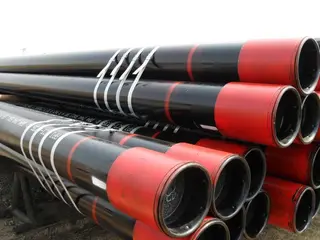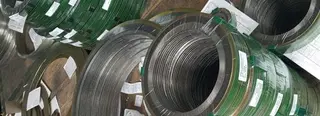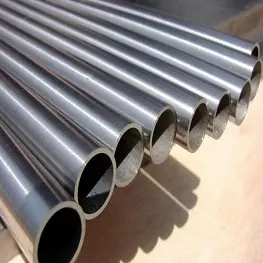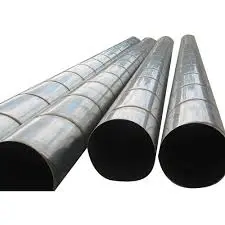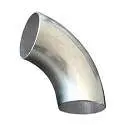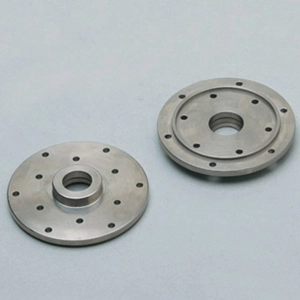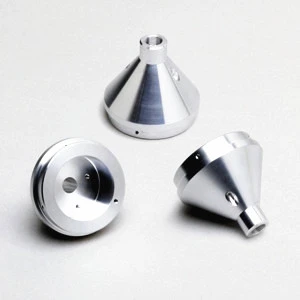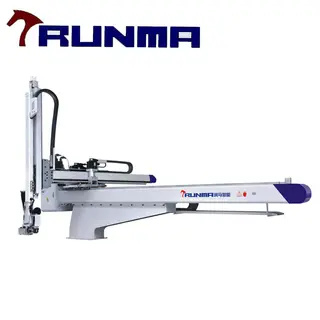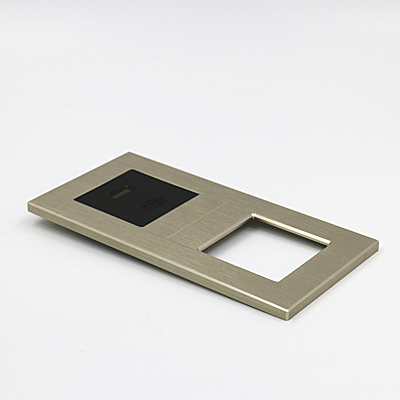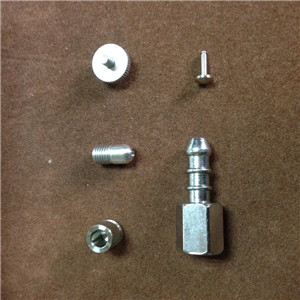Knowledge of CNC machining software
The CNC machining software is an operator's program interface which controls industrial machinery manufacturing.
Relatively small accuracy tolerance were required for parts of commercial products since 1950 due to invention of solid state electronics and arrival of exponential miniaturization era. It was too difficult to manufacturer the specific part by levers and cams. The first numerically controlled machine read a paper tape punched with holes, encoding to represent the spatial positioning and to control the precise movement with a servo motor.
Though modern CNC machining has revolutionized, it basically remains the same. The instruction which controls the machine is stored on the spinning magnetic hard drive or static digital flash drive of the computer. Most machines' basic operations haven't changed, resulting in the instruction not being changed. However, there are significant changes in CNC machining software.
There are different kinds of CNC machines and a lathe is one of the most common type. A lathe is a tool which rotates the workpiece in order to perform different kinds of operations such as turning, cutting, drilling, sanding, etc. The key function of CNC machining software is to map or model a three dimensional shape into the x-y-z Cartesian axis coordinate.
Almost all modern CNC machining software is integrated with a specific machine. Each of them has its own mechanical specifications and can not be controlled with any retail, generic and open source codes. The CNC machining computer program has become more powerful and user-friendly due to increased electronic hardware's processing power. Now, a computer is able to translate and curves which define most shapes into digital numbers. Graphic user interfaces like CAD has been incorporated into CNC machining software.
An operator can start, end or reset the CNC machine just by pressing different buttons. The CNC machining software makes a craftsman become a creative designer by simple drawing, because the CNC machining software will automatically computerize the drawing and make the drawing real. Development of digital telecommunication has further changed industrial manufacturing and can upload a code for single-run prototyping. A new CNC home machine can be equipped with a desktop footprint. For example, a 3D printer reverses a lathe's purpose, depositing a reservoir of material such as plastic into a form defined by software and creating something from nothing.
Relatively small accuracy tolerance were required for parts of commercial products since 1950 due to invention of solid state electronics and arrival of exponential miniaturization era. It was too difficult to manufacturer the specific part by levers and cams. The first numerically controlled machine read a paper tape punched with holes, encoding to represent the spatial positioning and to control the precise movement with a servo motor.
Though modern CNC machining has revolutionized, it basically remains the same. The instruction which controls the machine is stored on the spinning magnetic hard drive or static digital flash drive of the computer. Most machines' basic operations haven't changed, resulting in the instruction not being changed. However, there are significant changes in CNC machining software.
There are different kinds of CNC machines and a lathe is one of the most common type. A lathe is a tool which rotates the workpiece in order to perform different kinds of operations such as turning, cutting, drilling, sanding, etc. The key function of CNC machining software is to map or model a three dimensional shape into the x-y-z Cartesian axis coordinate.
Almost all modern CNC machining software is integrated with a specific machine. Each of them has its own mechanical specifications and can not be controlled with any retail, generic and open source codes. The CNC machining computer program has become more powerful and user-friendly due to increased electronic hardware's processing power. Now, a computer is able to translate and curves which define most shapes into digital numbers. Graphic user interfaces like CAD has been incorporated into CNC machining software.
An operator can start, end or reset the CNC machine just by pressing different buttons. The CNC machining software makes a craftsman become a creative designer by simple drawing, because the CNC machining software will automatically computerize the drawing and make the drawing real. Development of digital telecommunication has further changed industrial manufacturing and can upload a code for single-run prototyping. A new CNC home machine can be equipped with a desktop footprint. For example, a 3D printer reverses a lathe's purpose, depositing a reservoir of material such as plastic into a form defined by software and creating something from nothing.
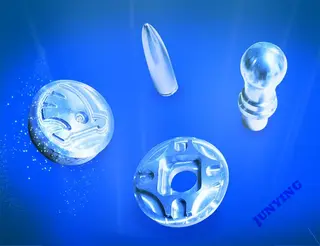
Send your message to this supplier
Related Articles from the Supplier
Knowledge of CNC machining software
- Jun 22, 2018
Knowledge of CNC Machines
- Jun 27, 2018
Different kinds of CNC machining tools
- Jun 19, 2018
Factors Affecting Cutting of CNC Lathe
- Aug 12, 2016
Types of Stamping Die
- Apr 28, 2017
Stamping is an Important Sector of Metal Forming
- Aug 15, 2016
Related Articles from China Manufacturers
Basic knowledge of oil casing
- Jul 28, 2023
Machining of Spiral Wound Gasket
- Mar 31, 2023
General Knowledge of Alloy Steel Pipes
- Aug 04, 2021
Knowledge of Welded Pipes
- Jun 12, 2017
Small Knowledge Points of Valve Performance
- Aug 10, 2015
Knowledge of the Purge
- Sep 27, 2017
Fabric knowledge of swimsuit
- Jan 18, 2017
Knowledge of Manufacturing Elbows
- Mar 03, 2021
Related Products Mentioned in the Article
EKS(Xiamen)Precision Industry Co., Ltd
- Address: 中国福建省厦门市集美区灌口镇深青工业园后山头29号
- Phone: 86-0592-6360601
- Business Type: Industry & Trading, Manufacturer,
Supplier Website
Source: http://www.junyingmetal.com/knowledge-of-cnc-machining-software.html









